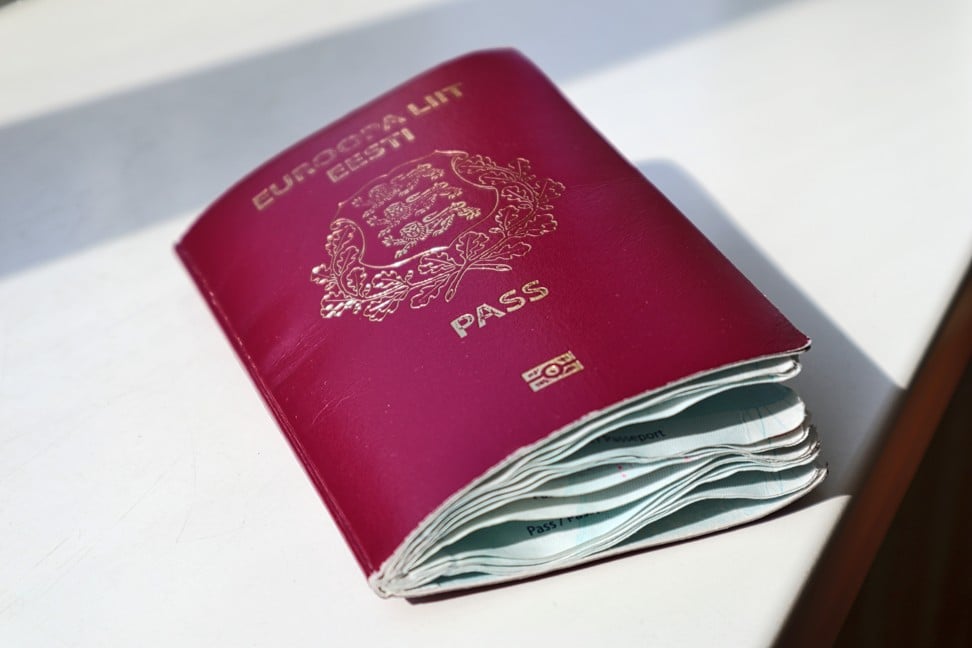
Solo female travel is on the rise, but is Asia safe for women who adventure alone?
- The security of female travellers in the region has been called into question after recent incidents
- A German backpacker was raped and killed in Thailand and Chinese tourists complained of molestation in Malaysia
Henry David Thoreau might just have been the original hipster. The 19th-century polymath counted activism, yoga and solo travel among his interests – activities that wouldn’t look amiss on the Instagram bio of an aspiring influencer today. In the opening chapter of Walden, a book about his experience of living alone in a cabin in the woods, first published in 1854, he expressed his predilection for solitary touring: “The man who goes alone can start today; but he who travels with another must wait till that other is ready.”
More than 150 years later, Thoreau’s inclinations have been adopted by an increasing number of tourists. Hong Kong-based travel booking platform Klook identified solo travel as its top trend for 2019, noting that the number of go-it-alone travellers using its services had increased from 31 per cent in 2017 to 38 per cent last year. Chinese millennials are among the most intrepid, with almost 60 per cent eschewing all-inclusive group trips in favour of adventuring on their lonesome, and women are leading the way. Google Trends shows that searches for “solo female travel” have increased steadily over the past six years, while the Facebook community Solo Travel Society has almost 250,000 members, 63 per cent of whom are female.
But just how warmly is the world, and specifically Asia, welcoming these women? On April 7, the body of 26-year-old German backpacker Miriam Beelte was found on Koh Si Chang, an island in the Gulf of Thailand – she had been raped and murdered. Weeks earlier, The New York Times ran a story with the headline “Adventurous. Alone. Attacked.”, which explored the “tales of violence and death” that have accompanied the rise of solo female travel, detailing another savage sexual assault in Thailand, which left American tourist Hannah Gavios in hospital for months. On April 12, Malaysian newspaper the New Straits Times reported that two female Chinese tourists claimed to have been molested by their dive instructor last month while diving off the coast of Semporna, on the island of Borneo.
Ahead of last year’s Songkran celebrations in Thailand, the Women and Men Progressive Movement Foundation published the results of a survey it had conducted in which 60 per cent of female respondents said they had been groped during the annual three-day-long water fight, held to celebrate the Buddhist new year. The official response to the findings was to advise female revellers against “dressing sexy”, which prompted outrage among the online community and saw #DontTellMeHowToDress and #TellMenToRespect take root on Twitter.

A year on, however, it doesn’t seem as though attitudes have changed. According to an article in Thailand’s The Nation newspaper, authorities advised women against wearing “sexually provocative clothing” and threatened jail time or a fine for anyone who posted “sexy” content on social media, suggesting that authorities find it easier to police female bodies than they do sexual predators, and indicating a culture of victim-blaming in the Southeast Asian country.
While stories such as these are alarming, most women exploring Asia do so without incident or attack. However, personal safety is a major consideration for solo female travellers, especially for those whose cultural and social perceptions regarding a woman’s place in the world are at odds with the prevailing views in the country they are visiting. The New York Times questions “whether [the solo female traveller] should travel at all”, quoting Phumzile Mlambo-Ngcuka, executive director of UN Women, an organisation that promotes gender equality, who is quoted: “women face risks that men don’t face in public spaces […] wherever they may be”.
But to focus on the way a tourist dresses or behaves is to ignore the root of the problem, and to tell women not to adventure alone is to promote the idea that the world is not a safe place for them.
It might have been a bit different for Thoreau, a white male in the 19th century, but that is not to say he wasn’t onto something. As a somewhat compulsive traveller, this writer will continue to take solitary sojourns, expanding her horizons and, perhaps, those of whomever she encounters.
Bali turns away more tourists with passports in poor condition

If you are travelling to the Indonesian island of Bali, you’d better make sure that your passport is in near-perfect condition.
Anyone unsure whether their passport will pass inspection should contact the relevant embassy, and, in the meantime, why not invest in a passport cover?
It remains to be seen which rival destination will take the initiative and begin promoting itself as “inclusive” and welcoming of all passports, whatever their condition.
Was a Jeju Air flight from South Korea to Thailand accompanied by UFOs?
From spectacular cloudscapes to the world in miniature, the views from the window seat of an aeroplane are often impressive. However, on a recent flight from South Korea to Thailand, one passenger saw something that was out of this world, according to a report by British agency Pen News, which seems to specialise in the paranormal, if its Twitter feed is anything to go by.
“At first I thought it was another plane,” said Lucas Kim, who allegedly spotted the “UFOs”. “When I looked closely, it was not a plane, it was six individual vehicles. It was like a pulsating greenish-yellow light.”
Not everyone is convinced that what Kim witnessed were alien craft, however, with commenters on the video quick to offer their own theories. Still, whether or not you believe, such sightings could make the I Spy guessing game on a long-haul that much more interesting.

